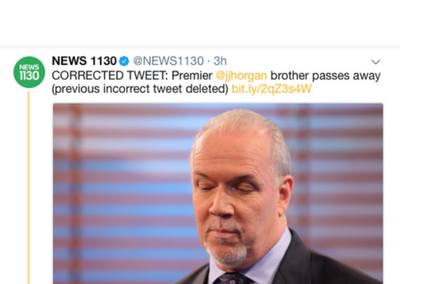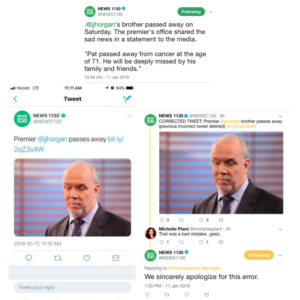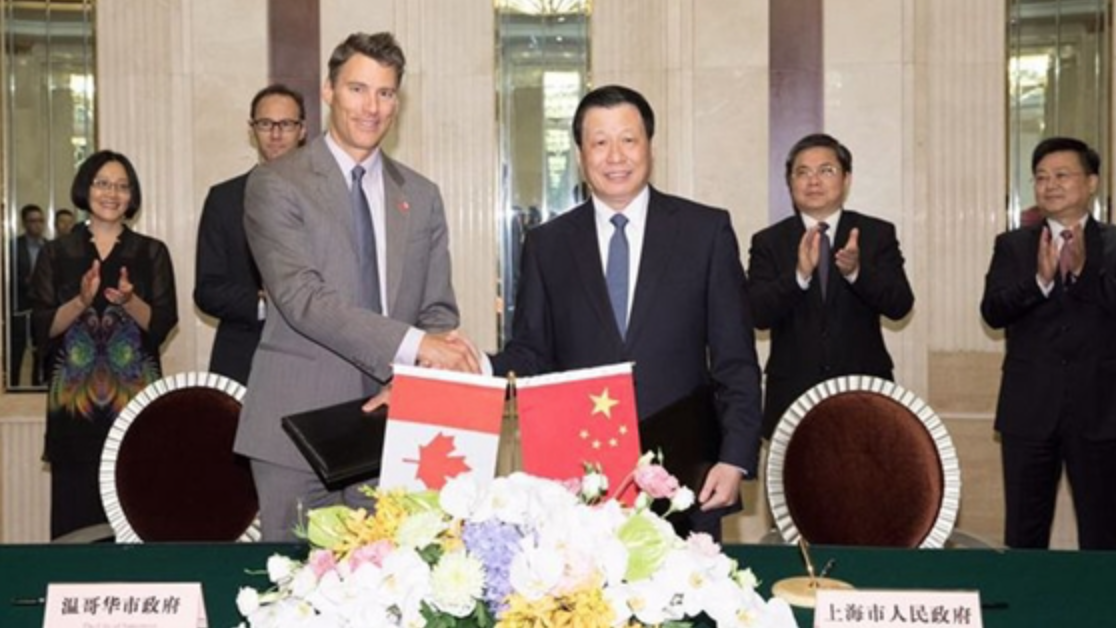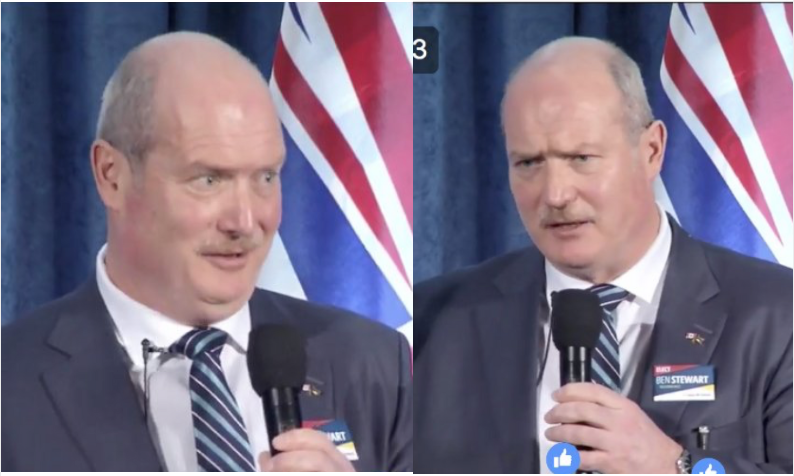Developing: Frenzy of fishy funds by the Fraser
Bob Mackin
A newly released list of suspicious cash transactions and cheating by gamblers offers a further glimpse into River Rock Casino Resort, which is under the microscope amid the ongoing B.C. Lottery Corporation scandal.

River Rock Casino Resort (Great Canadian Gaming)
The B.C. government published a summary of 400 reports from the Great Canadian Gaming Corp. flagship for July 4 to Oct. 2, 2017 on its freedom of information disclosure website Jan. 8. Most entries on the list read “Money Laundering (SCTs),” but it is not confirmed that all the transactions were money laundering incidents. Transactions included clandestine passing of quantities of poker chips and deliveries of large sums of cash to gamblers at the casino.
Casinos are required to report suspicious cash transactions and cheating to the Gaming Policy and Enforcement Branch as soon as possible. It is rare, however, for the reports to be shared with local police.
Great Canadian Gaming vice-president Chuck Keeling declined comment.
Transactions on 10 of the days caught the eye of theBreaker. Names of the gamblers were censored by the Attorney General’s ministry.
On Jan. 8, theBreaker exclusively reported that B.C. Lottery Corporation’s anti-money laundering director, Ross Alderson, mysteriously quit in December. Also, a BCLC document obtained by theBreaker revealed a dispute with GPEB caused major havoc with casino security after GPEB briefly cancelled BCLC’s information-sharing agreement with the RCMP in 2016.
July 6
Two poker chip pass incidents. File 17-38470: 20 x $5,000 chips passed in the washroom (editor’s note: by hand, it is assumed); and on File 17-38510: $30,000 “to an unknown Asian male.”
July 10
File 17-39434: Bought in for 2,000 x $50 bills for a total $100,000 and left site without getting his chips/no play. Recorded for information purposes.
July 19
File 17-41010: Attempted to buy in with approximately 100k in mixed bils. Transaction refused as a cash drop off.
July 24
File 17-41868: Patron (censored) bought in $200,000 with 6,000 x $20 and 1,600 x $50 bills and left site. Patron has not returned to play.
July 31
Two $100,000 buy-ins.
File 17-43336: 1,000 x $100 bills. File 17-43413: 2,000 x $20 bills and 1,200 x $50 bills.
Sept. 11
File 17-51516: Patron (censored) attempts to buy in $90,000 in $20 bills but was denied. Note (censored) assocate ) returns and attempts a $60,000 with what appears to be the same cash and was denied as well.
Sept. 19
File 17-52175: (Censored) bought in $27,360 using 1,368 x $20 bills and (censored) started feeding 3 different $1 machines in the private slot room with $20 bills and cashed out with little play.
Sept. 21
File 17-53551: Unidentified Caucasian male observed placing small denomination bills into various slot machines without play. Approximate total of currency placed into machines without play $9,450 (945 x $100 bills).
Sept. 26
File 17-54731: (censored) attempted to buy-in $4,400 using 220 x $20 after meeting an awaiting vehicle and using false ID.
Sept. 28
File: 17-55130: (censored) bought in a total of $111,340 in $20s (5,567 pieces) in two transactions. 5,501 x $20 and 66 x 20.
Support theBreaker.news for as low as $2 a month on Patreon. Find out how. Click here.
Bob Mackin A newly released list of suspicious


























